- JAPANESE
- LANGUAGE
X
 THAT IS GOOD
THAT IS GOOD
I am happy to see that the number of people infected with covit-19 in Japan has decreased drastically as the mountains and fields change color, and the world is slowly starting to come back to life. School excursions, which had been postponed many times, are now being held all at once, and tourist spots that anyone can visit in a short time are crowded with students and tourists.
However, working from home continues and the new normal lifestyle is still encouraged today, so there are probably many people who still have flexible hours.
So this time, I’d like to recommend a place for those people to go now!
In 2004, the sacred sites and pilgrimage routes in the Kii Mountain Range were registered as a UNESCO World Heritage Site. The history of the Kumano Kodo dates back to the Heian period (794-1185), and it is a pilgrimage route that has been followed by our ancestors since ancient times, leading to the three major shrines known as the “Kumano Sanzan”.
The three are,
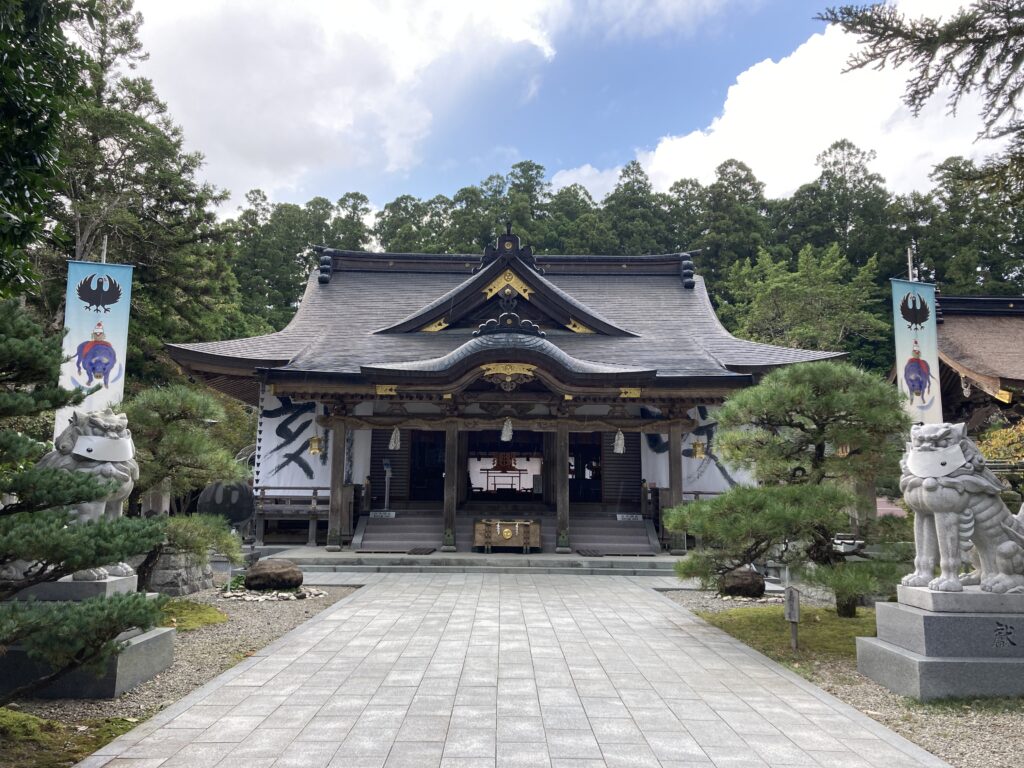
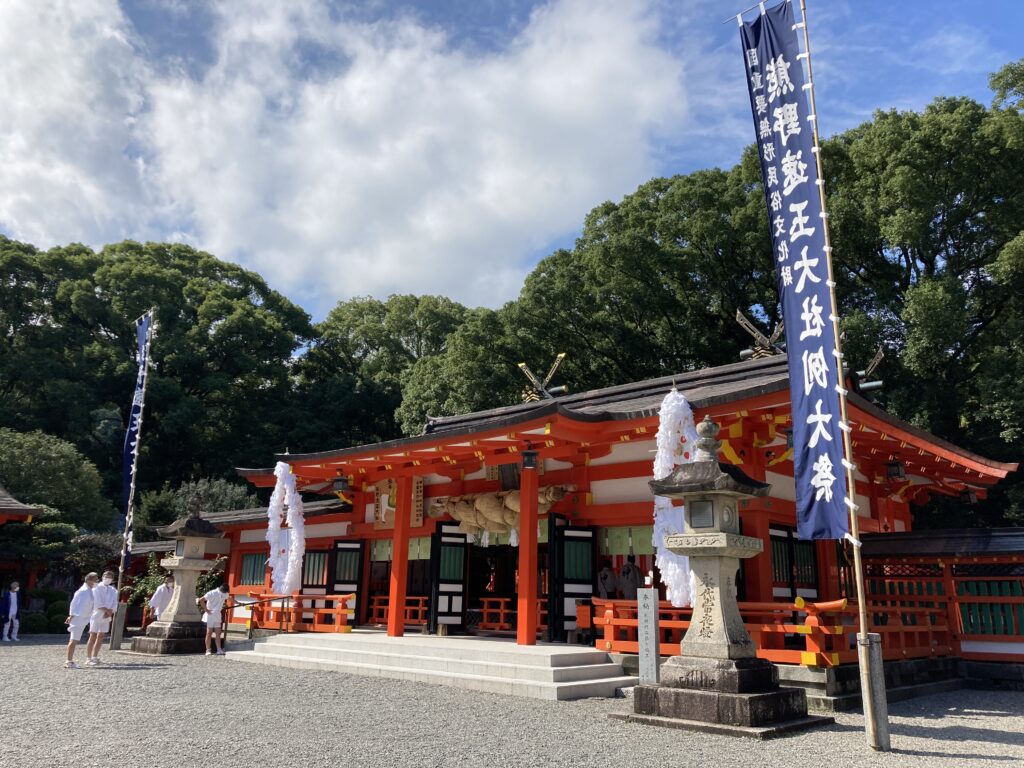
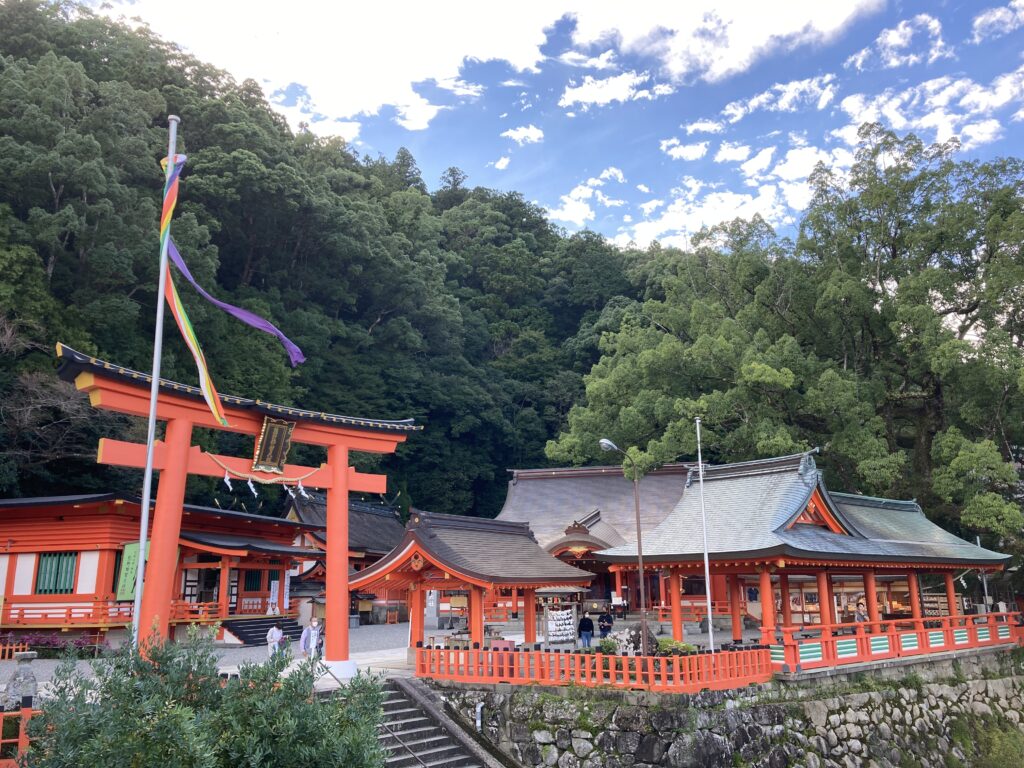
These are the three main shrines of the many Kumano shrines that exist throughout Japan.
A visit to these three mountains is called “Kumano-moude,” and our ancestors have walked this path since ancient times. From ancient times to the Middle Ages, faith in the three mountains of Kumano grew, and people of all genders and status, from emperors and princesses to commoners, came to Kumano in large numbers. It is said that this was called “ant processions” in analogy to the march of ants.
There are five routes in the Kumano Kodo: Nakahechi, Iseji, Kohechi, Kiiji, and Ohechi.
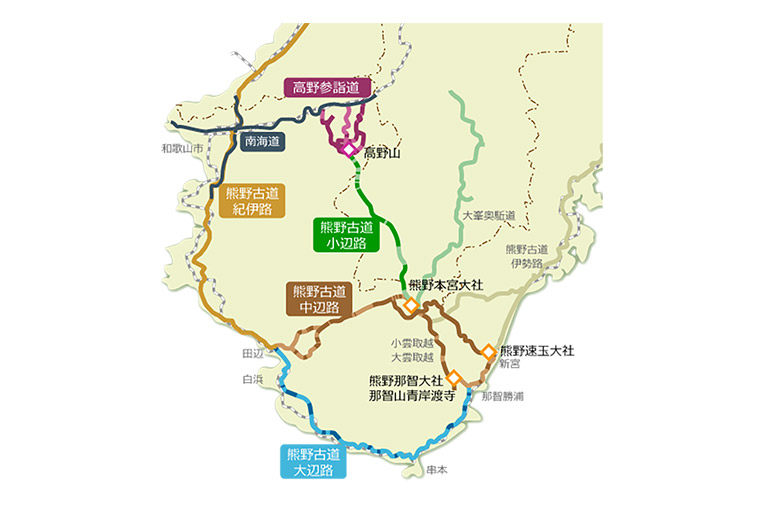
The route starts from Kii Tanabe and goes to Kumano Hongu Taisha. It is said that Emperor Gotoba, Sadaie Fujiwara, and Shikibu Izumi also walked this route many times.
The route starts from Ise Jingu Shrine and goes to each of the three Kumano shrines. The route crosses many mountain passes.
A 70-km pilgrimage route connecting Koyasan and Kumano Hongu Taisha. The route traverses the mountain range from the back of Koyasan.
The route starts from Jonangu in Kyoto, goes through Sakai City, Osaka Prefecture to Kii Tanabe, and then joins Nakahechi to connect to Kumano Sanzan. Along the route, there are many historic temples and quaint buildings.
This is a pilgrimage route that runs southward along the sea in Tanabe City, Wakayama Prefecture, where you can enjoy not only the temples and shrines along the route, but also the unique scenery along the sea.
This time, we chose the Nakahechi route.
It is a route that crosses the mountains of the Kii Mountain Range, which are rich in deep nature, and was used more than 100 times as an official pilgrimage route by the imperial family and nobility from the Heian to Kamakura periods, making it the most popular and walked path among the common people.
If you are a strong walker and simply want to go through the entire route, you will need about 4 nights and 5 days, but for this trip, we decided to set aside 7 nights and 8 days so that we can enjoy this walking trip to the end rather than having a hard time while sightseeing each place.
In Nakahechi, we had to walk a long way deep into the mountains for a considerable amount of time, but there were not many villages along the way, and therefore, there are far fewer facilities and lodgings to secure food and sleep.
At the same time, a few years ago, before the covit-19 epidemic, when inbound tourists were flooding into Japan, Kumano Kodo, where you can fully enjoy Japanese culture and nature, was very popular. That’s exactly what it was like “ant processions”, where all accommodations were being held back for the next six months.
However, whether it’s a good thing or a bad thing, now that covit-19 pandemic, it has become very easy to reserve accommodations.
Considering the fact that it used to be extremely difficult to secure a reservation for more than four nights on a desired date, this is the perfect time to walk the Kumano Kodo until the restrictions on accepting tourists from overseas are relaxed.
Here’s our itinerary.
Day 1 Haneda Airport – Nanki-Shirahama Airport, Kii-Tanabe (by bus).
Day 2 Kii Tanabe – Takijiri Oji (bus), Takijiri Oji – Chikatsuyu Oji (13km walk)
Day 3 Chikatsuyu Oji – Kumano Hongu Taisha (approx. 26 km walk)
Day 4 Kumano Hongu Taisha – Yunomine Onsen (approx. 4km walk)
Day 5 Yunomine Onsen – Oguchi (about 16km walk)
Day 6 Oguchi – Kumano Hayatama Taisha (river boat ride)
Day 7 Kumano Hayatama Taisha – Kumano Nachi Taisha (approx. 22 km walk), Kii Katsuura (bus)
Day 8 Kii-Katsuura – Kushimoto (train), Nanki-Shirahama Airport (bus), Haneda Airport
Considering the fatigue of walking long distances and for long periods of time, the plan was to reduce the amount of travel and allow the body and mind to recover and have more time in between days to rest the body and legs.
This will allow us to have more time for sightseeing at important places. We booked lodgings for each day’s destination in advance, prepared for the rainy weather in the Kii Mountain Range, and prepared headlamps and first aid kits for the long walks.
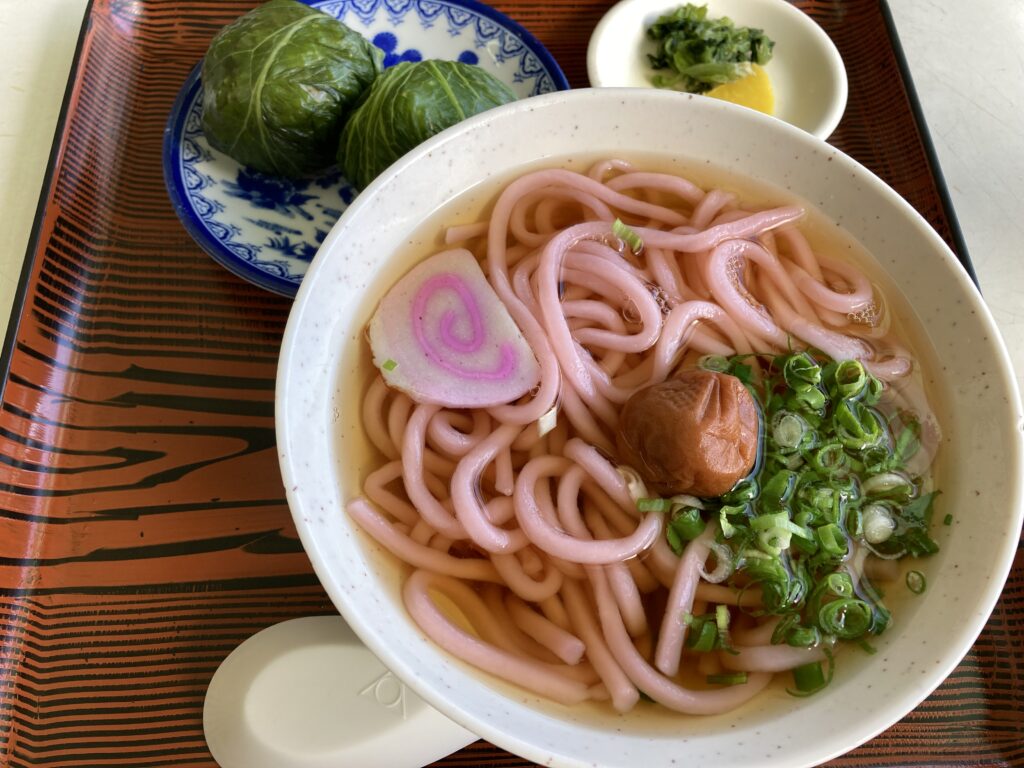
On the first day of the trip, we flew from Haneda to Nanki-Shirahama, and we traveled to Kii-Tanabe to gather information.The next day, I prepared food for the long distance and long walk.
I always try to get some of the local food I need to eat while walking, because it is better to have something local.
While strolling around the city of Kii-Tanabe on a rented bicycle, I picked up some local sweets at a long-established sweets store, and bought some ” Nanki is famous for” plums, both sweet and salty.
We ate good local food at a izakaya (Japanese style pub) and nourished our spirits (although we drank a little too much), slept well and prepared for the long mountain road from the next morning.Now it was time to start the Kumano Kodo the next day.
To be continued…
Although it is not the Kumano Kodo, the towns of Shirahama and Tanabe alone have enough attractions for sightseeing. Here is a quick introduction of the places we stopped by this time.
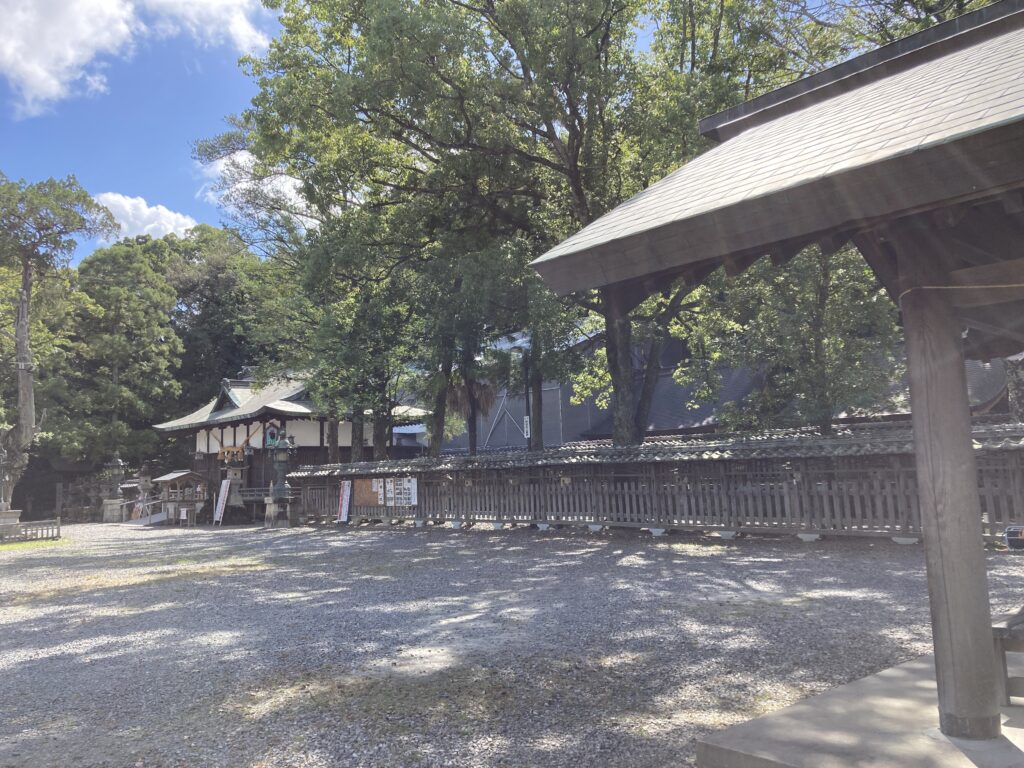
The shrine was added to the World Heritage List in 2016, and people used to visit here to pray for the fulfillment of their heart’s desire during their pilgrimage to Kumano.
There is also a story that people who could not make it to the three mountains could make a pilgrimage to this shrine, and as a separate shrine of the three Kumano mountains, it played a part in the Kumano faith.

The temple is said to have been founded by Kobo Daishi, and has the grave of Minakata Kumagusu, a world-renowned botanist and a major influence on modern Japanese natural history and folklore, who is said to be the pioneer of Japanese ecologists, as well as the grave of Morihei Ueshiba, the founder of Aikido, which is loved in 140 countries and regions around the world.

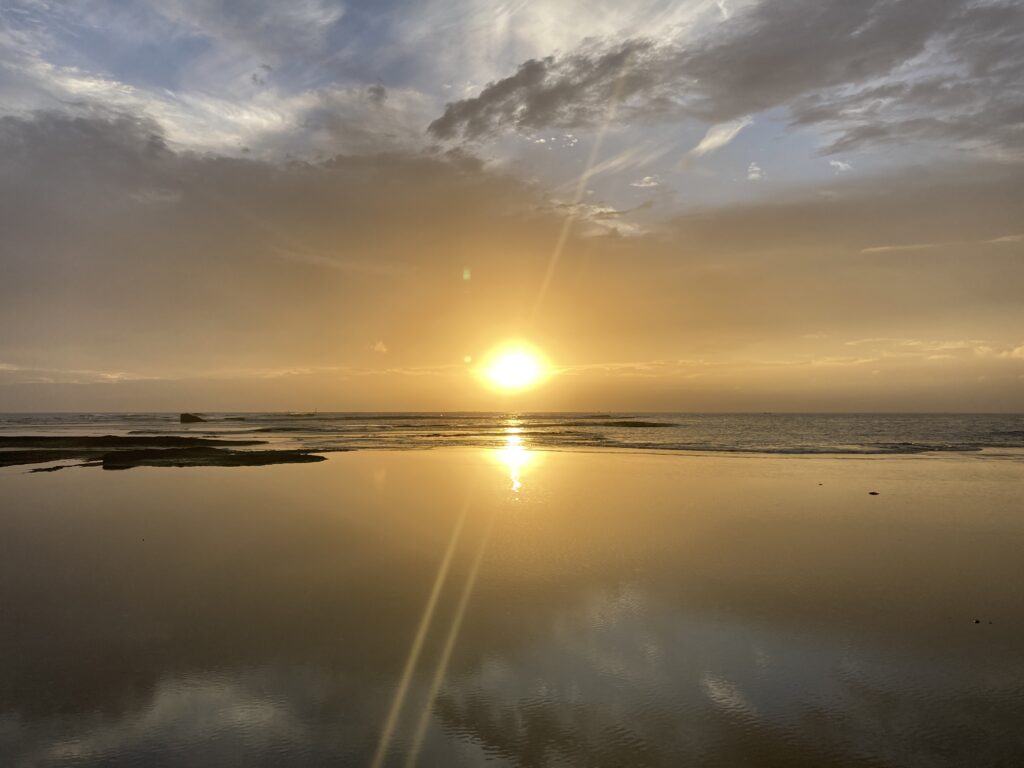
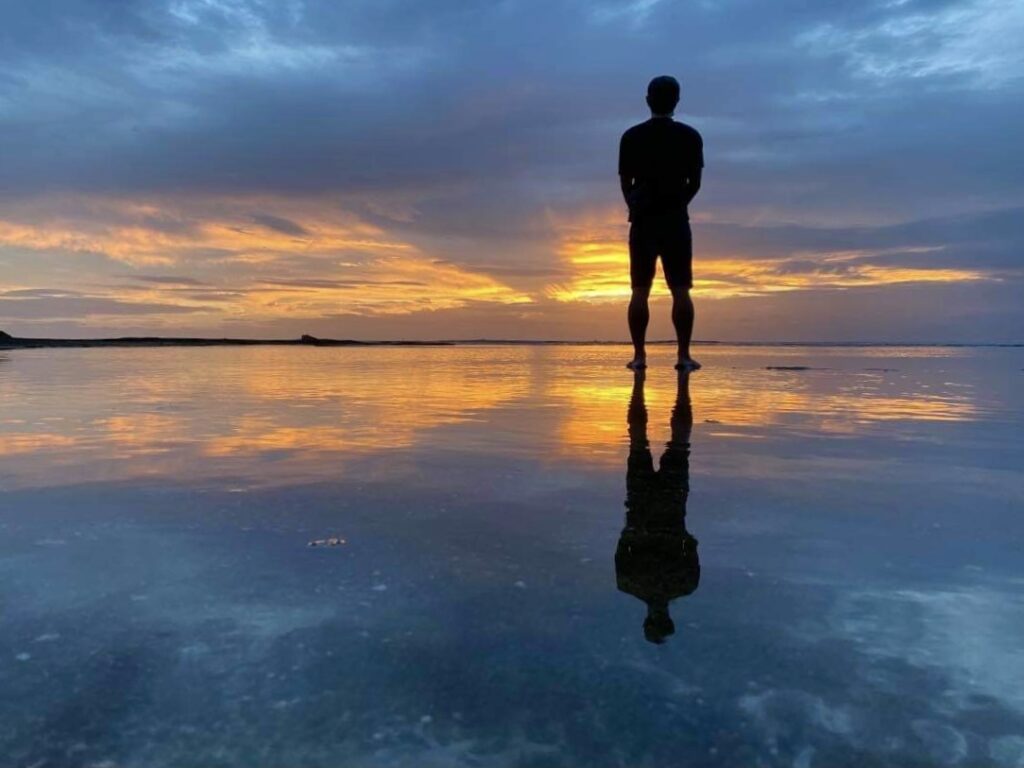
Cape Tenjinzaki is a popular spot for its spectacular view that looks like Uyuni Salt Lake when the conditions are right. The timing of our visit was perfect, and it was an amazing experience to be surrounded by light from above and below.
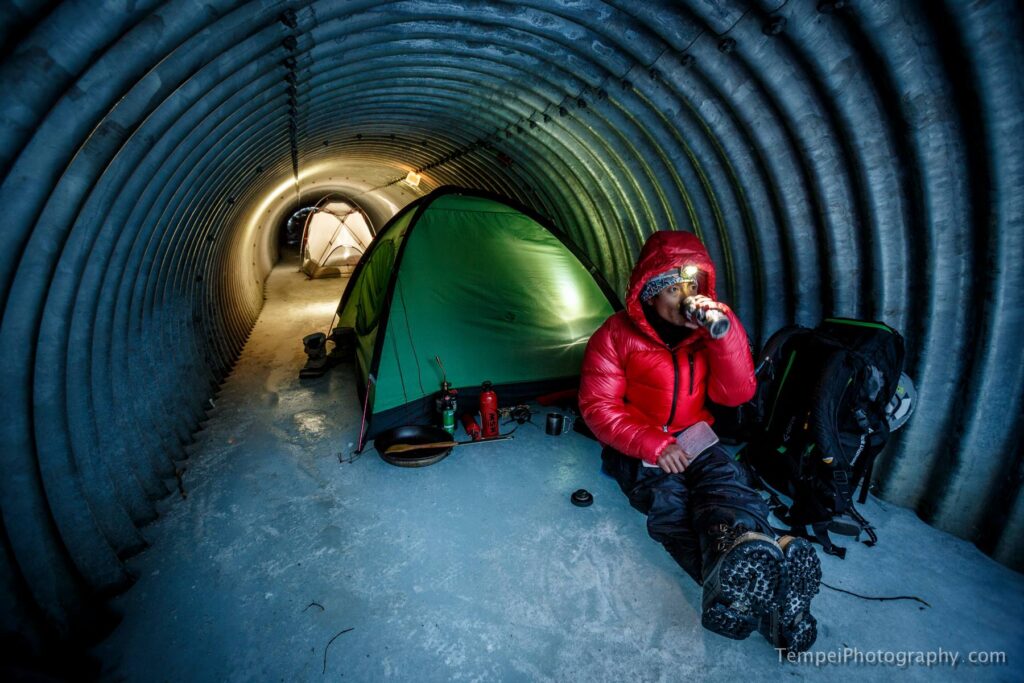
Riki Nakajima
Blog:https://ameblo.jp/rikistyle/
Instagram:https://www.instagram.com/rikinakajima/
Guide Company HP for Winter :https://rikijg.com/jp/
Guide Company HP for Green Season :https://www.rikijapowguide.com
Born in Shiga Prefecture in 1981. While studying in Whistler, Canada, he became a certified CSIA instructor and the first Japanese freeski instructor to receive the CFSA freeski instructor certification. After returning to Japan, he expanded his activities to include backcountry skiing in addition to participating in numerous freeskiing competitions. For the past few years, he has been working at Tomamu Ski Resort in Hokkaido, giving ski lessons, guiding, managing events, and acting as an MC. He also travels abroad every spring to try his hand at high adventure mountain climbing, and expresses his experiences through videos, photos, and events. He is the representative of the guide company “RIKI JAPOW GUIDE”.